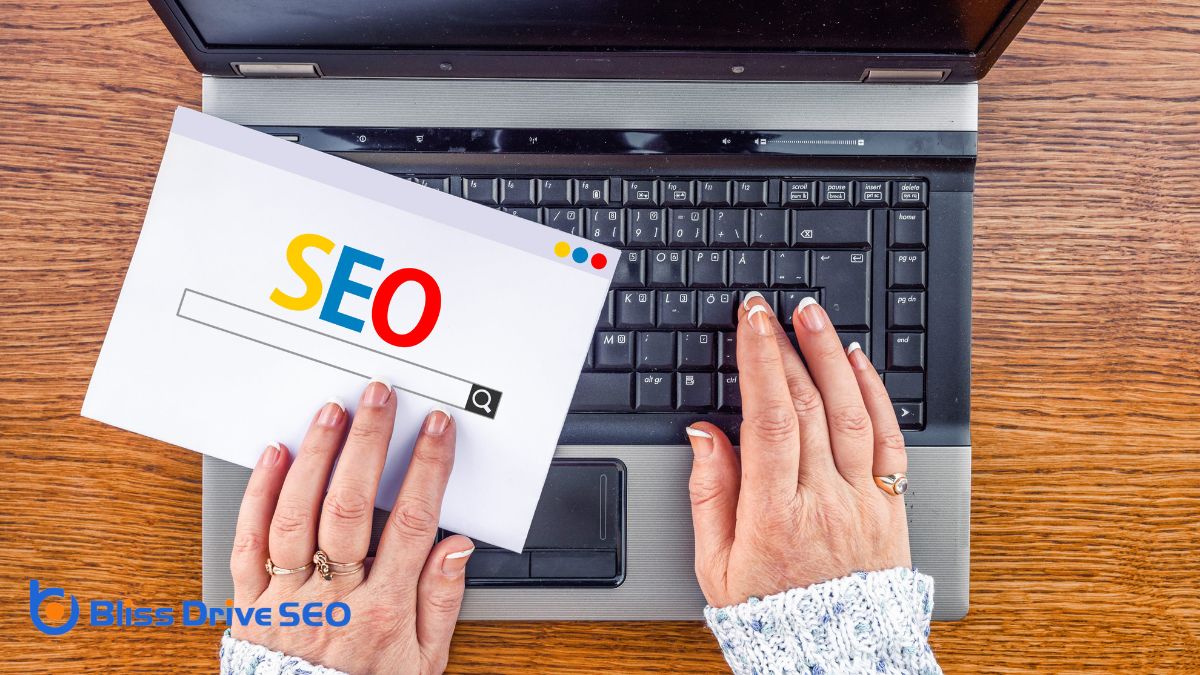Learn More About Us

To improve your on-page SEOOptimization techniques performed directly on the website, including content and HTML source code. rankingsThe position at which a website appears in the SERP. effectively, begin by conducting comprehensive keyword researchThe process of finding and analyzing search terms that people enter into search engines. and integrating those keywordsWords or phrases that users type into search engines to find information. organically into high-quality content. Utilize header tags for organization and include alt tags for images. Enhance internal linkingLinks that connect different pages on the same website. with appropriate anchor textThe clickable text in a hyperlink, important for SEO as it provides context for the linked page. to enhance link equity. Confirm that your site is mobile-responsive and loads rapidly, as a subpar mobile experience may repel users. Employ schema markupCode added to a website to help search engines understand the content. to boost visibility and click-through rates with rich snippetsEnhanced search results featuring extra information like ratings or images.. Optimizing your site speed also plays an important role in retaining users. Stay tuned to learn more tips on each of these procedures.

When it comes to boosting your on-page SEO rankings, optimizing your content is an important step you can't afford to overlook. Start with thorough keyword research to pinpoint relevant terms your audience is searching for. Incorporate these keywords naturally into your content to enhance search engine visibility. High-quality, engaging content is essential for improving your SEO performance.
Use header tags to structure your content, making it easier to read and understand. Header tags help search engines grasp the main topics of your page, boosting your on-page SEO efforts.
Additionally, utilize bold text and other formatting techniques to highlight important points.
Don't forget about alt tags for images. Properly described images can improve your SEO and make your site more accessible. Also, maintaining a fast page load timeThe time it takes for a webpage to fully load, affecting user experience and conversion rates. is important; slow pages can hurt your rankings.
Regularly updating your content shows search engines your site is active and relevant. This ongoing content optimizationImproving content to enhance its performance and effectiveness. is key to staying competitive.
Improving internal linking is a pivotal step in enhancing your website's SEO performance. By strategically linking your pages, you not only improve website navigation but also create a better user experience. Users can easily find related content, which keeps them engaged and reduces bounce rates. When users stay longer, search engines take notice, helping to improve rankings.
Utilizing relevant anchor text in your internal links is essential. Anchor text gives search engines context about the linked page, boosting the visibility of your important pages. Proper internal linking helps distribute link equity throughout your site. This means the value passed from one page to another is maximized, improving overall SEO.
Strategic linking also helps search engines discover and index content more effectively. When your site is well-linked, search engines can crawl it more efficiently, ensuring that all your valuable content gets indexed.
To make the most of internal linking, identify key pages and link them appropriately. This not only helps search engines but also guides users through your site intuitively.
In today's digital landscape, ensuring your website provides an excellent mobile experience is a must. With 52.2% of all website traffic coming from mobile devices, mobile responsiveness is essential for on-page SEO success. Google's mobile-first indexingGoogle’s practice of using the mobile version of a website for indexing and ranking. means your site needs to be optimized for mobile devices to rank higher in search results.
Focus on mobile speed, as a one-second delay in mobile page load times can cut conversions by 7%. Faster load times enhance user engagementThe interactions that users have with a brand’s content on social media., which directly influences your site's performance and bounce rates.
Remember, 57% of mobile users won't recommend a business with a poorly designed mobile site. Achieving a seamless mobile experience is vital.
Mobile optimizationDesigning and formatting web content to ensure it performs well on mobile devices. isn't just a trend; it's a requirement. By improving mobile responsiveness and reducing mobile page load times, you'll create a better user experience. This results in lower bounce rates and higher user engagement, key factors for on-page SEO success.
Don't overlook the importance of site performance on mobile devices. Prioritize mobile optimization to stay ahead in the competitive digital arena, ensuring your website is fully prepared for mobile-first indexingThe process of adding web pages into a search engine's database. and delivering a seamless mobile experience.
After optimizing your site for mobile users, another powerful strategy to boost your on-page SEO rankings is leveraging schema markup. Schema markup is a code added to your website that helps search engines understand your content better. This understanding translates into rich snippets appearing in search engine results, which can noticeably enhance click-through rates.
By categorizing and organizing your website data, schema markup makes it easier for search engines to interpret and display detailed information. This, in turn, can leadA potential customer referred by an affiliate who has shown interest in the product or service but h... to higher rankings, increased traffic, and improved user engagement. To evoke emotion and make the benefits clear, consider the following:
Schema markup isn't just about code; it's about making your website more accessible and attractive to both search engines and users. Implement it to see tangible improvements in your SEO efforts.

You'll quickly realize that a fast-loading website is essential for retaining visitors and boosting your on-page SEO rankings. Page speedThe time it takes for a webpage to load, affecting user experience and conversion rates. optimization plays a pivotal role here, starting with optimizing images. Large image files can drastically slow down your page loading times. By reducing the file sizes and using appropriate image formats, you can significantly enhance your site speed.
Use tools like Google PageSpeed Insights or GTMetrix to identify areas that need improvement. These tools provide actionable insights to make your website load faster. Implementing a Content Delivery Network (CDN)A system of distributed servers that deliver content to users based on their geographic location. can also distribute your content more efficiently, leading to faster loading times for users across the globe.
Don't forget about browser caching, which stores parts of your site on a visitor's browser, speeding up subsequent visits.
Integrating Accelerated Mobile Pages (AMP) technology is another game-changer that reduces loading times and improves user experience. AMP can make your web pages load almost instantly on mobile devices.
Combining these strategies—CDN integration, AMP technology, and image optimization—will not only improve user experience but also your search engine rankings. Faster loading pages mean happier visitors and better visibility, a win-win for your website.
Start by researching relevant keywords and naturally incorporating them into your content. Optimize your title tags, meta descriptions, and headers. Create engaging content, use internal links, and guarantee your site is mobile-responsive for better SEO.
To increase your SEO ranking, focus on keyword optimization in title tags, meta descriptions, and headers. Use internal linking, improve site speed, guarantee mobile responsiveness, create engaging content, and regularly update it to maintain relevancy.
You can increase pagerank by optimizing title tags, meta descriptions, and keyword placement. Focus on quality content, strategic internal linking, and mobile optimization. Regularly update your content, use schema markup, and enhance your site architecture.
On-page SEO is essential but not enough alone. You'll need a blend of on-page and off-page strategies like backlinksLinks from other websites pointing to your website, crucial for SEO. and social signals to improve rankings. Combining both guarantees better visibility and higher search engine results.
By optimizing your content, improving internal linking, enhancing your mobile experience, using schema markup, and speeding up your site, you'll effectively boost your on-page SEO rankings. These strategies guarantee your website is user-friendly and search engine optimized. Don't wait—start implementing these tips today to see a noticeable improvement in your rankings and overall online presence. Remember, small changes can make a big difference in the competitive world of SEO.
